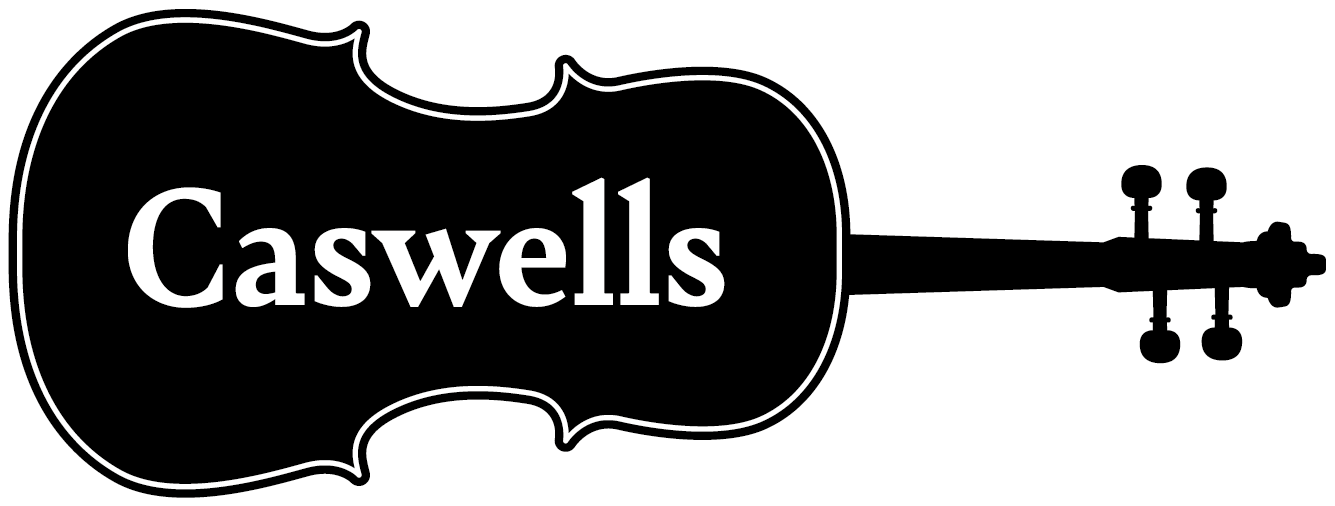Why is my violin bridge not glued on?
Well quite simply because it is a free spirit that needs to move and vibrate as the violin is played, transferring the sound to the soundpost and bass bar.
A bridge is the most important fitting on the exterior of the violin and the sound of your instrument depends to some extent on its shape, height, position and angle. It is not fixed or glued into position but is held in place by the tension of the strings passing over its top edge. When it is set up the luthier aims to make a bridge that will transmit the most vibration energy from the strings to the body. This vibration is then transmitted through the bridge and soundpost to the body of the violin which allows the sound to escape via the F holes. The body of the violin acts as a resonating ‘sound box’ to amplify the sound of the vibrating strings and make them audible.
When you first choose your violin, the bridge should be set up exactly in the correct position aligned with the feet of the bridge between the two small nicks on the inside of the two F holes. It is important to note that every time you tune using the pegs, the top of the bridge moves a minute distance towards the peg end and if this movement is left unchecked it will eventually lean or warp and could suddenly collapse. This can damage the violin body and also cause the soundpost to fall.
Can I correct the angle if it leans forward?
The correct angle can be observed by looking from the side, and the bridge should make a right angle of 90 degrees between the back of the bridge and the flat part of the belly behind the bridge. Straightening the angle is simple and which you can easily do yourself. First slackening the strings off very slightly so that they are still bearing down on the bridge. Correct the bridge angle by gripping the bridge between thumb and middle finger at the widest part of the bridge Next ease the top part of the bridge back towards the tailpiece until the correct angle is obtained. You may find a bit of pressure is required to move the bridge but try to move it as a whole without altering the placement of the feet. Check the placement of the feet relative to the F holes, and exactly midway between them. Check that the feet are fitting exactly to the belly and that there are no gaps.
It is imperative that an instrument, right from the very beginner student model, is correctly set up by a qualified luthier. A badly cut and fitting bridge will not only make the instrument harder to play but will adversely affect the sound of the instrument.




